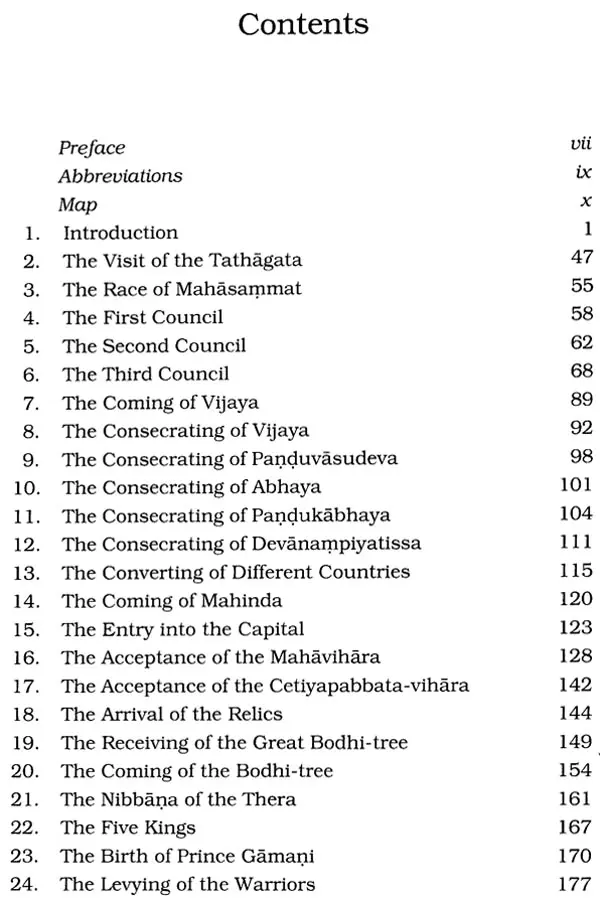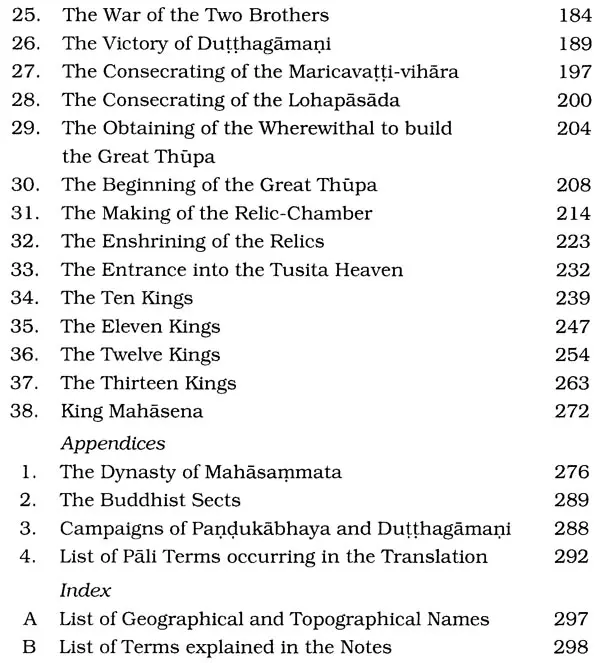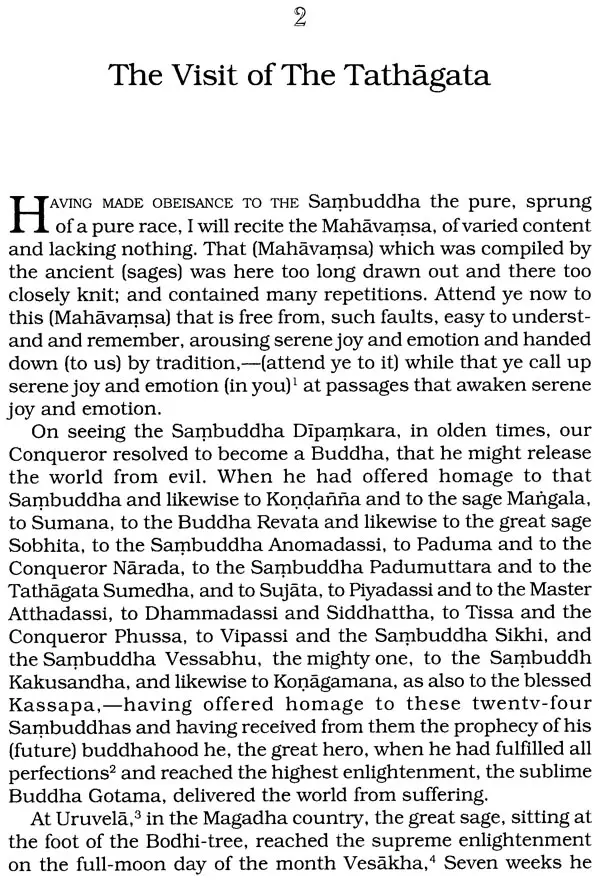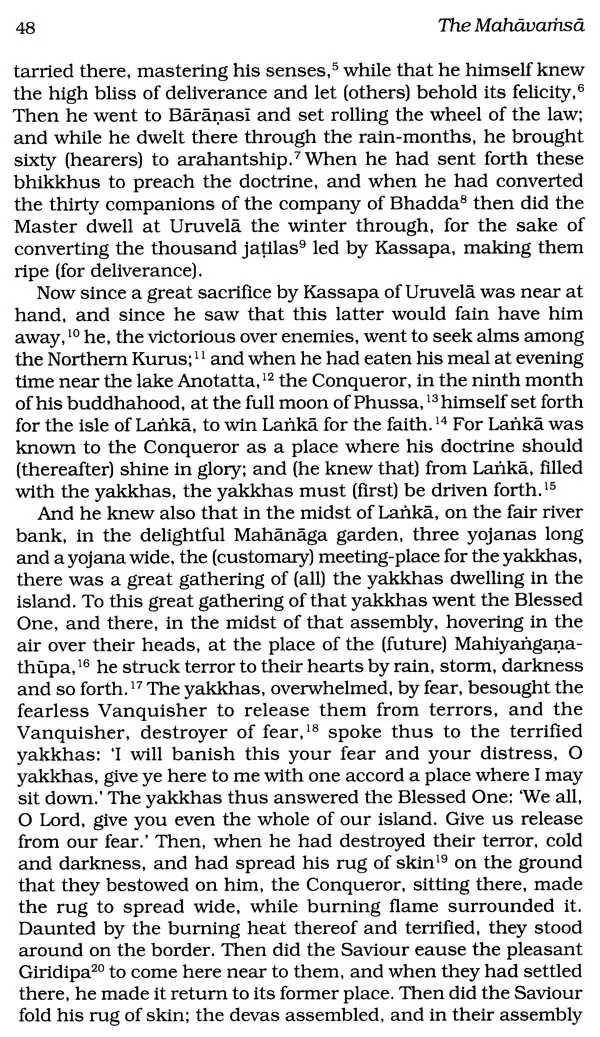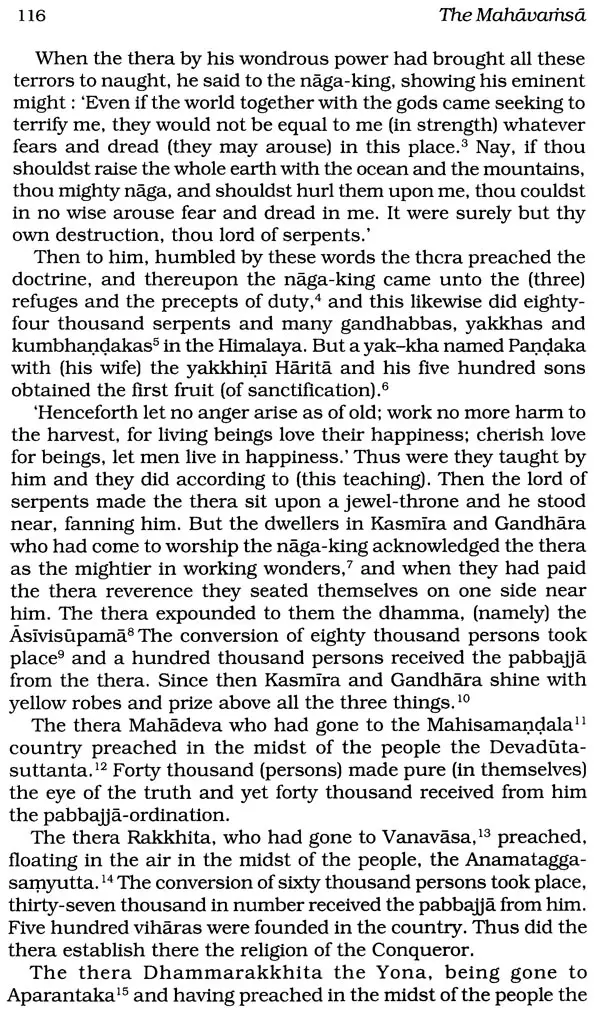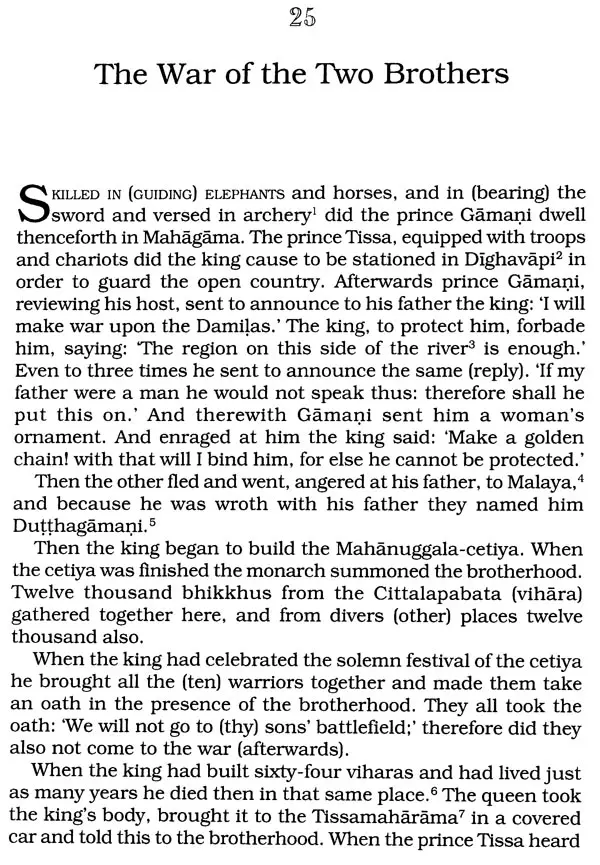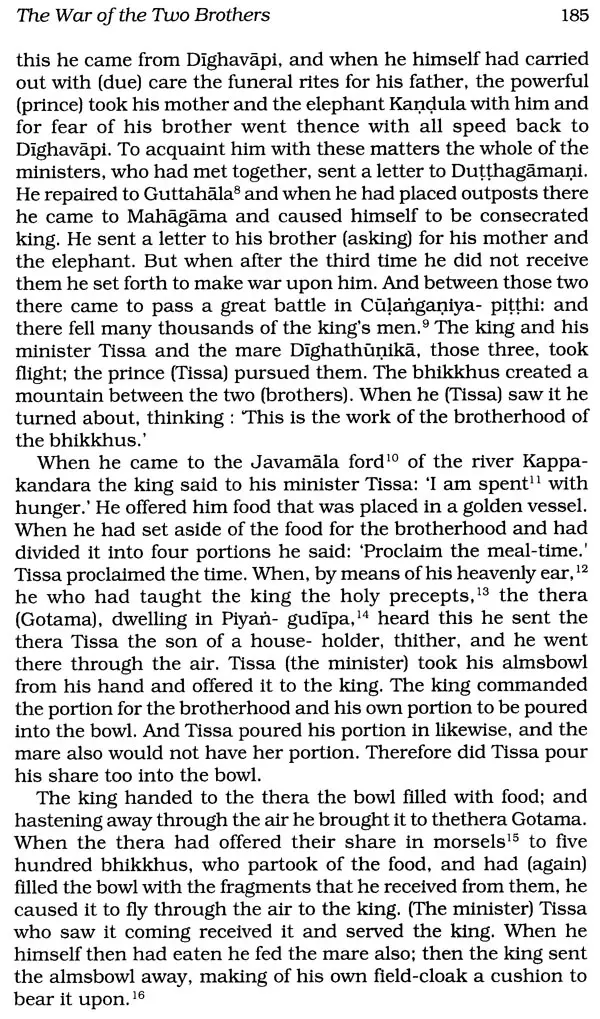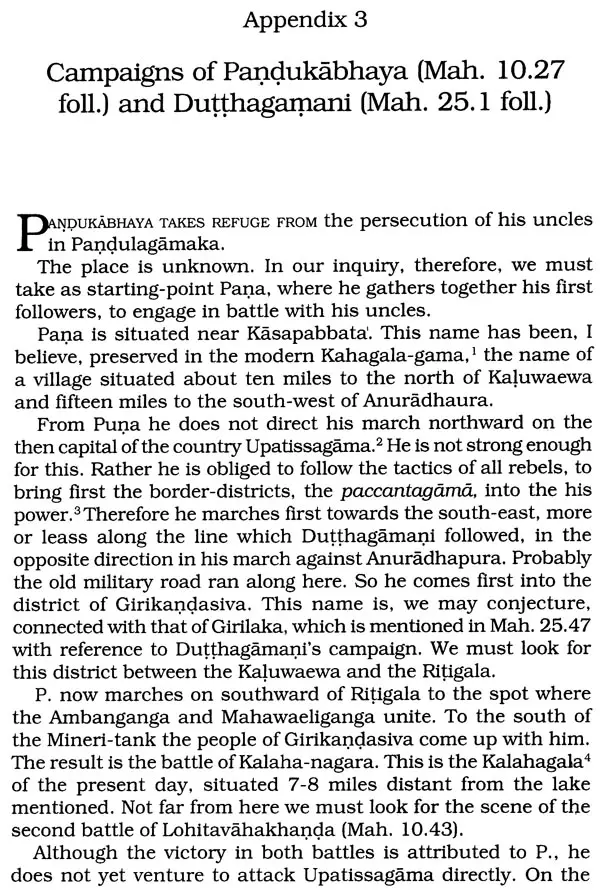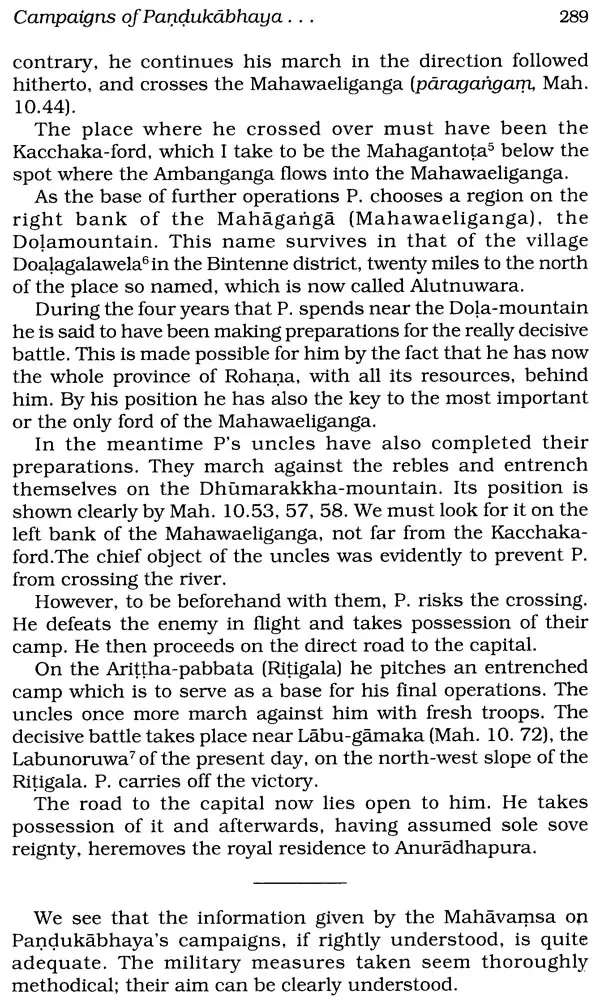About the Book The Mahavamsa or The Great Chronicle of Ceylon, was originally written in the Pali language, it was translated into German by Prof. Wilhelm Geiger and then into English by Mrs. Mabel Haynes Bode. The Mahavamsa is the carefully kept historical chronicle of Sri Lanka written in the style of a poem. It covers the extensive history of Ancient Sri Lanka ranging from the early beginnings to the reign of King Mahasena of Anuradhapura.
About the Author Wilhelm Ludwig Geiger was a German Orientalist known especially for translating the Sri Lankan chronicles Mahavamsa and Culavamsa.
Preface A FEW WORDS ARE NECESSARY TO explain how the present work came to be written; and one or two points should be mentioned regarding the aims it is hoped to achieve. Early in 1908 the Government of Ceylon were contemplating a new and revised edition of Tumour's translation of the Mahavamsa, published in 1837 and reprinted in L.C. Wijesinha's Mahavamsa published in 1889, and were in correspondence on the subject with the Ceylon Branch of the Royal Asiatic Society. The Society appointed a numerous and influential Committee, and recommended myself as Editor for Europe.' By their letter of July 18, 1908, the Government of Ceylon requested me to undertake that post. I took the opportunity at the Congress of Orientalists held at Copenhagen in August, and again at the Congress on the History of Religions held in September at Oxford, to consult my colleagues on the best plan for carrying out the proposed revision. They agreed that the method most likely to lead to a satisfactory result within a reasonable time was to entrust the work to one competent critical scholar who could, if necessary, consult members of the Ceylon Committee, but who should be himself responsible for all the details of the work. I reported to Government accordingly, and recommended that Prof. Geiger, who had just completed his edition of the text, should be asked to undertake the task. The Government approved the plan, and asked me to make the necessary arrangements. Those arrangements have resulted in the publication of the present volume.
Professor Geiger has made a translation into German of his own revised critical edition published by the Pali Text Society in 1908; and added the necessary introduction, appendices, and notes. Mrs. Bode has translated the German into English; and Professor Geiger has then revised the English translation.
The plan has been to produce a literal translation, as nearly, as possible an absolutely correct reproduction of the statements ' recorded in the Chronicle.
Introduction THE LITERARY QUESTIONS CONNECTED with the Mahavamsa and the development of the historical tradition in Ceylon have been thoroughly discussed in my book Dipavamsa and Mahavamsa.1 I believe that I have there demonstrated that the two Ceylonese Chronicles are based upon older materials and for this reason should claim our attention as sources of history.
Now, however, R.O. Franke has taken a decided stand against my inferences.2 He disputes the existence of an older historical work as foundation of Dip. and Mah.
The former appears to him to be only a botched compilation of Pali quotations from the Jatakas and other canonical works. But the author of the Mah. has merely copied the Dip and the same applies to Buddhaghosa and his historical introduction to the Samanta-Pasadika.. I have however, I hope, succeeded in combating the doubts and objections raised by Franke.3
The defects of the Dip., which naturally neither can nor should be disputed, concern the outer form, not the contents. But that the author of the Dip. Simply invented the contents of his chronicle is a thing impossible to believe. Thus it is our task to trace the sources from which he drew his material. This is made possible for us by the Mahavamsa-Tika, i.e. the native commentary on our chronicle which, under the title Vamsatthappakasini, was composed by an unknown author.
Book's Contents and Sample Pages
